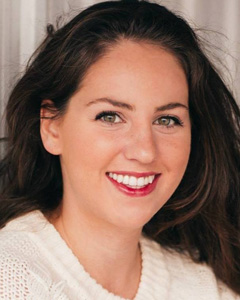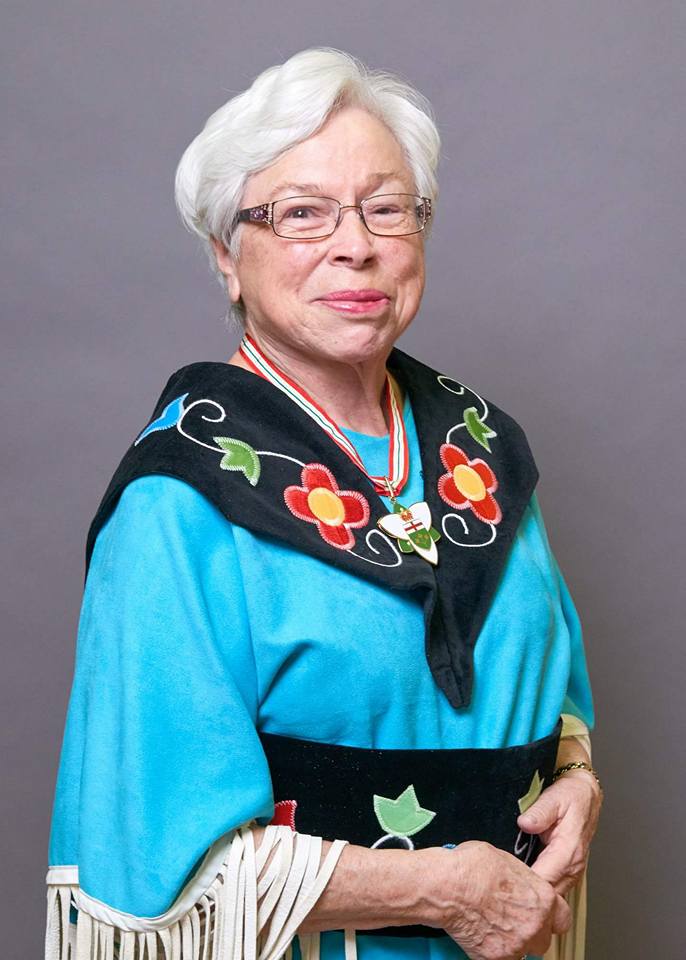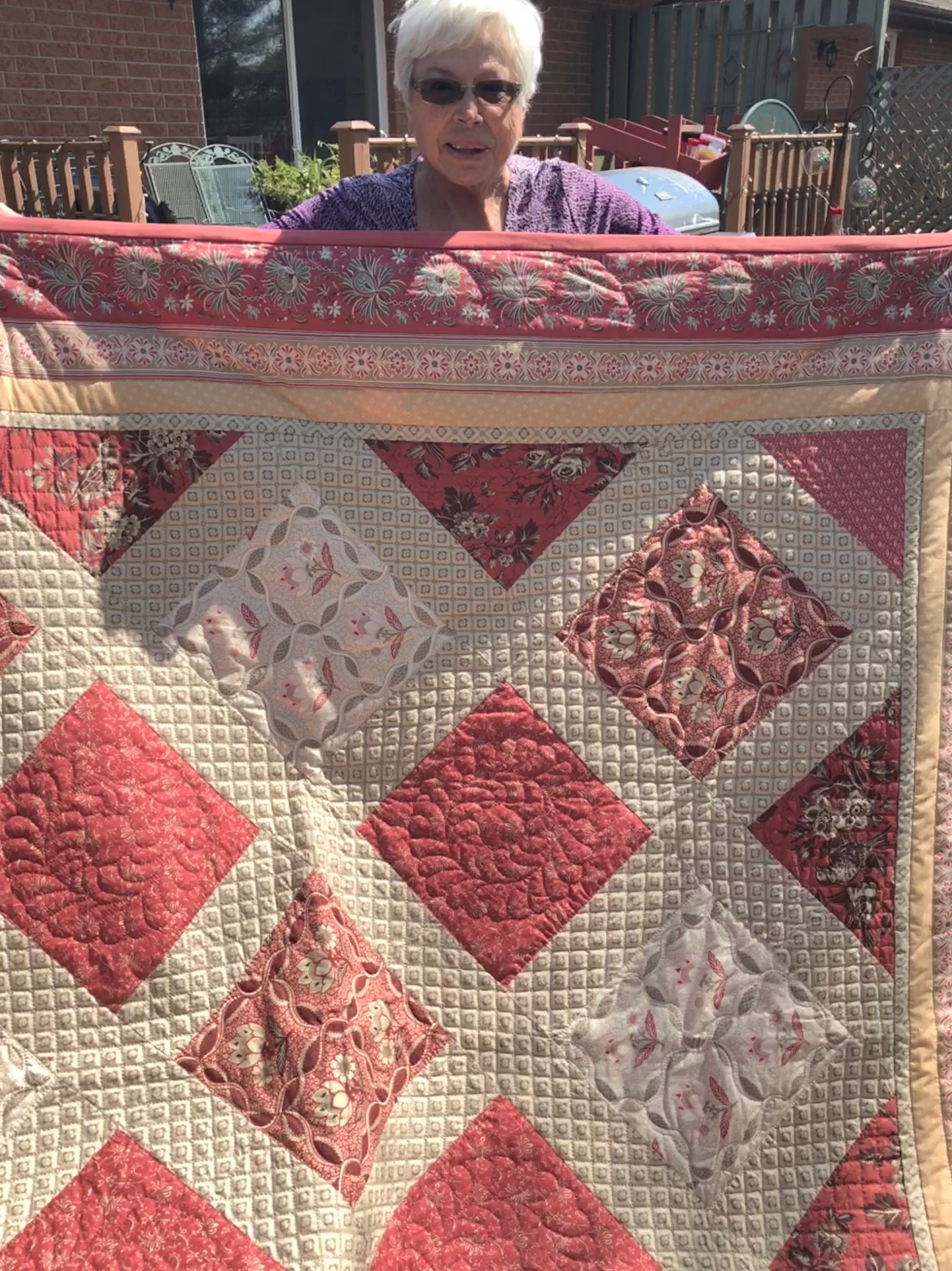Aboriginal History Month

Andrea Lapp
Andrea is Anishinaabe from Aamjiwnaang First Nation. She has a Bachelor of Medical Science in Biochemistry from Western University and a Certificate in Writing. Andrea is the Research Coordinator for the MindUP for Young Children Project. Prior to working at the Centre for School Mental Health, Andrea worked at the CAMH Centre for Prevention Science as a Research Assistant. Andrea has worked extensively with First Nations youth through the Uniting Our Nations suite of programs for the Fourth R. As a mentor, collaborator, writer, and research assistant she developed skills and interests in the areas of wellness, school success, and positive mental health for First Nations youth.
When I was first asked to write a blog post in honour of Canada’s National Aboriginal Day on June 21, my first thought was of my recently passed Grandmother June McKay, because her birthday is on June 21. I recently had the pleasure of speaking with my grandmother’s cousin and close friend, Geraldine Robertson. Like my grandmother, Geraldine is also a strong, resilient, and beautiful First Nations woman. Geraldine is a residential school survivor. On May 5, Geraldine and I sat down for tea at her home on Aamjiwnaang First Nation. We discussed resiliency, making connections, and how she has supported other survivors to begin their healing journeys. In recognition of her work raising awareness about the legacy of residential schools, Geraldine was recently inducted into the Order of Ontario.

Beginning to make connections
Geraldine was 11 years on when an Indian agent picked her up on the reserve and shipped her off to Mount Elgin Residential School near London. She spent one year there before it closed and the following three years at the Mohawk Institute in Brantford. Even from a very young age, Geraldine had an ability to analyze situations, connect the dots, and piece together a larger picture. As an example, Geraldine said she was able to understand her teacher punishing the students when they were acting up. What was unbearable to her was when the principal abused her without reason:
To be punished for something just for the sake of punishing you -that's something different again. And that's what I couldn't understand. Why I was being strapped so many times? And my conclusion was that he wanted to break my spirit. That's what I thought. But I don't really know if that's a fact or not. It just seemed like it because I didn't do anything to warrant being punished.
Even though she was young and alone, she was able to search for the deeper meaning in a person’s actions in an attempt to understand the world around her. She was wise enough to realize her childhood wasn’t right, so she needed to teach herself how to have a normal healthy life.
I knew individually what effect [residential schools] had on me. So I had to find ways to overcome that because I couldn't live with myself being so full of hate and anger and just torturing myself with self-doubt. So I just concentrated on things that would uplift me. Which was music. I found music to be a very healing source. And also you know, it felt good for my soul. And then I used to read a lot because I needed to find out what was normal because anything that I experienced up to that point was not normal. Yes I'd read about, well I read a lot of books and magazines that maybe one wouldn't consider as a source of good information. But you know, you need to get a balance, so I read everything - anything! And so then I'd make up my mind in between. What was the average rather than the one extreme to the other, you know. So you sort of put things together in my own mind how I thought what looked like a somewhat normal life.

After getting out of residential school, Geraldine moved in with June Maness’s (my grandmother’s) family, who at that time lived in the city of Sarnia, and it lead her down a healthier path than what she had experienced on the reserve.
Like the kids that I chummed around with on the reserve, for a lot of them on the weekends, the big thing to do was to go out and drink. Well we couldn't go to any public place because we were all under age. But I realized that wasn't the path that I wanted to follow. And then when I moved into town with June's parents, I joined the Christian Endeavor Young People’s Group at St. Paul's, just so I could make friends and have something fun to do not related to going out drinking, because I really didn't like it.
It wasn’t until she moved back to Aamjiwnaang in 1995 that she made the connections between residential schools and what she was observing in her home community.
Giving to and helping others
Living back on the reserve, Geraldine realized she could help others by opening up about what she experienced as a child.
It wasn't until I moved back to the reserve that I really realized how it has impacted others too, and how it has become intergenerational. From the questions that people were asking me because they didn't understand why their parents were so mean to them and they treated them really badly. And so I explained what their parents had gone through at residential schools, what it was like there for me. So they could surmise that it had to be the same or even worse than what I experienced. Then when you come out, if you don't try and analyze what happened you're in a state of… well, we would call it post-traumatic stress disorder now. And I think the younger you are as a child when you enter an institution like that, then you don't have the basic training of a normal home life. And that's all you know is that residential upbringing; and it's very restrictive and there’s a lot of punishment. There's absolutely no compassion whatsoever. So I explained this to people who would ask and I said all they knew was a harsh treatment. That was their role models on how to raise a family and insofar as being aggressively mean, that's how they were treated there. So they just repeated that cycle of the abuse. And then that generation then repeated again to the next.
It was in order to help others make connections. That is why Geraldine started opening up about her experiences at residential schools. Since then she presented to the Chief and Council, formed an Ad Hoc Committee to change the focus of programming on the reserve, spoke to United Church communities across southwestern Ontario, and traveled across Canada with the United Church, speaking about her experiences and helping other residential school survivors to begin to open up about their own traumatic pasts.
We started off in British Columbia, a group of us having talking circles and getting in touch with churches in native communities and organizations that are run by native people out west. And they would arrange a group of people to come and we'd all share our experience at residential school just to get them to start opening up and start talking about their experience… So that was a starting point getting people to open up. It was hard. It was really hard because you hear a lot of sad stories.
It is understandable that so many people were unable to speak about their traumatic experiences. It would be incredibly painful to dredge it up. But Geraldine knew that the pain was always there, with them, unable to be healed. That is why she did and continues to do all of her good work.
For themselves, first of all. So that they would heal you know find some peace in their life. And then from that to find healing within our communities because it's so widespread.
A lot of people rather than work out their issues. They'll just leave and not discuss them and so that is always there it's never resolved whatever problems they may have in their home. They just they choose flight. They choose flight rather than fight.
Since Geraldine was one of the few or only people in her community speaking about what happened to her at residential school, she became the representative of Aamjiwnaang during a lawsuit of student survivors of Mohawk Institute against the government.
Whole and beautiful
During our conversation I keep thinking, not only is Geraldine extremely wise and able to put pieces together for herself, she has unbelievable kindness and willingness to help other people. Even when the journey was difficult.
I felt bad that that the younger generation were feeling so rejected by their parents and had been treated so badly and so and they needed to find forgiveness even though their parents had passed on. But if you can forgive the past then you can move forward.
Clearly, Geraldine gives so much to others. She was generous with her time with me and throughout our conversation she mentioned at least half a dozen recent or upcoming talks she is doing for schools, school board professional development, the United Churches. She is justly deserving of her award as an Honour of Ontario recipient. As we wrapped up our conversation, we sat peacefully with our tea and our conversation drifted to quilting. Geraldine is an expert quilter and even made a quilt for my daughter, Leah June, that I truly cherish. It’s interesting, to me, her passion and talent for quilting can be representative of Geraldine. She makes incredible intricate quilts, piecing together the fabric until it’s whole and beautiful. She is mostly a self-taught quilter, with support from a church group she joined at the United Church as a young woman. Her giving nature shines through the quilts as well; after many years of quilting, she has never kept a single one for herself. Just this past fall, she finally made the first quilt for herself to keep.

